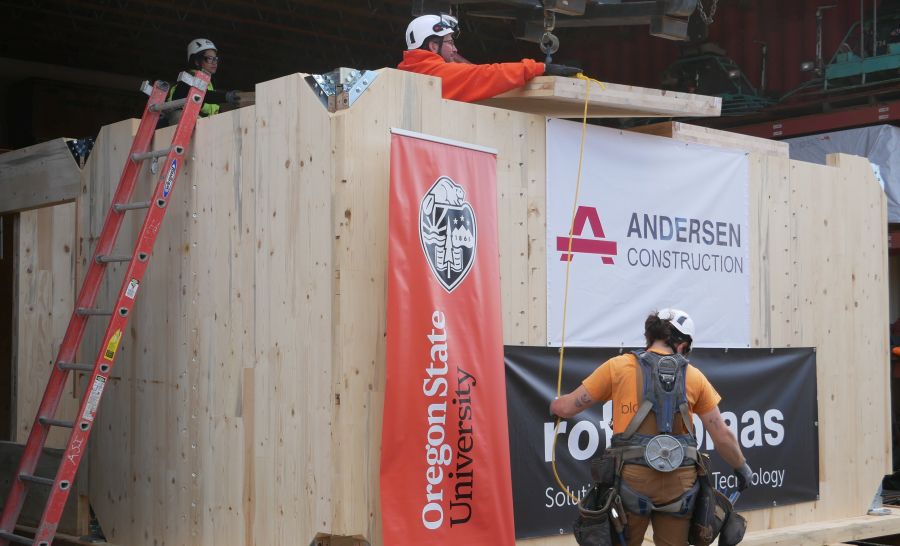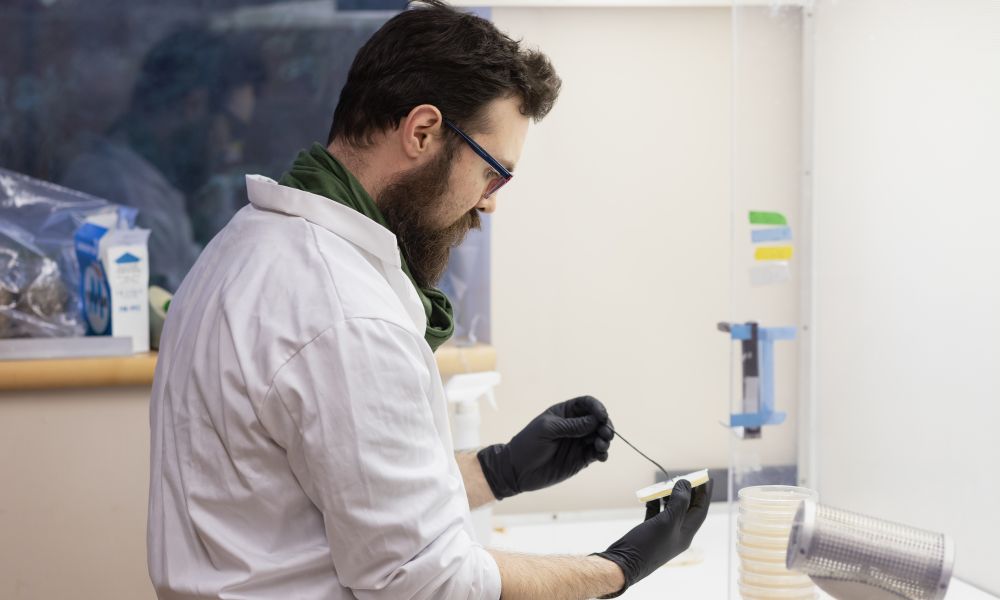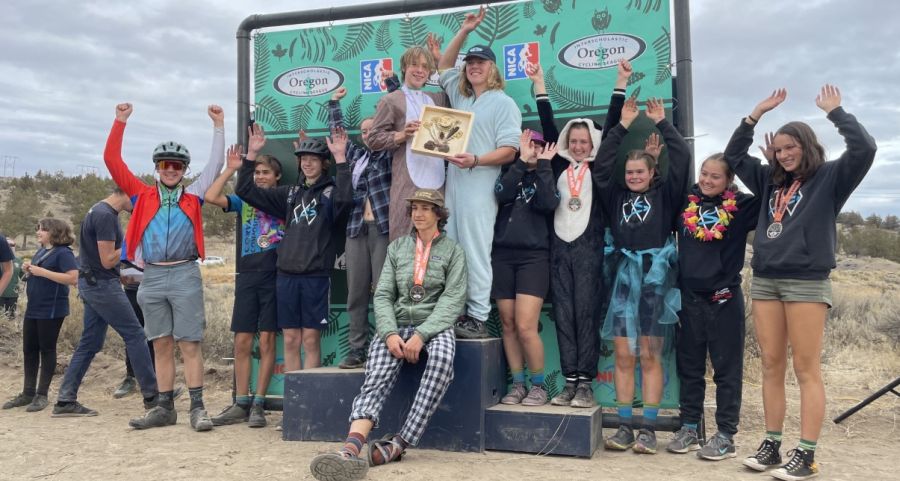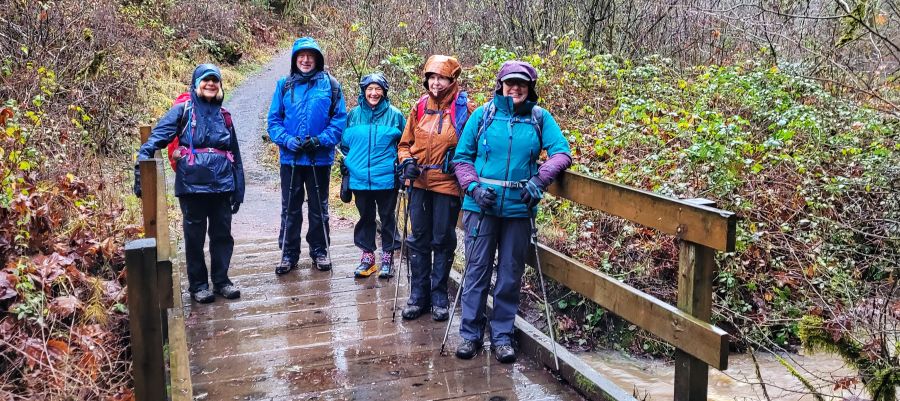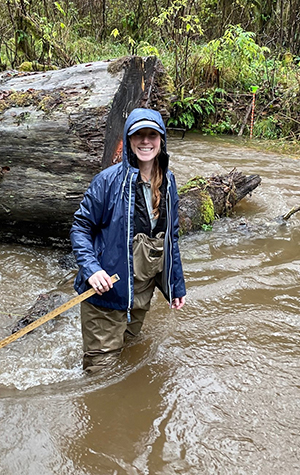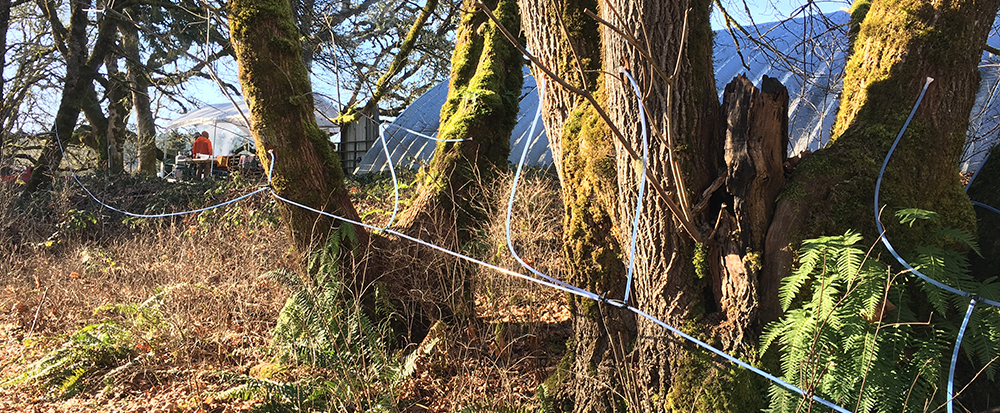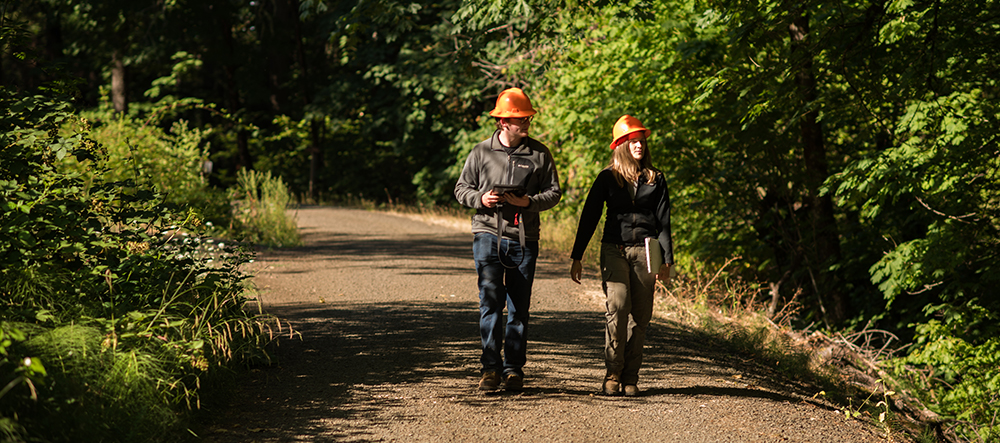The 2022 Dean’s Award recipients and retirees were recently honored with an awards ceremony and celebration. Since 1990, the Dean’s Awards for Outstanding Achievement have recognized outstanding contributions by our community members that significantly advanced the mission of the College.

Kerry Menn and Jim Kiser were recognized for outstanding achievement in fostering undergraduate student success. Nominators noted “Kerry takes great care to ensure that our students are well supported while they pursue international internships or opportunities to study abroad. She is always “there” for them, and this literally means, that wherever they are (or she is), she will always reach out promptly with useful information, and directly intervene to remove obstacles and streamline processes.” Collegues noted that Jim teaches a large proportion of the undergraduate forestry and forest engineering course credit hours, spanning a vast array of FERM, CoF, and university majors. During academic year 20-21, Jim taught 20% of the total FERM teaching load!

Jessica Blunn was awarded outstanding achievement in contributions as a student worker in Jeff Hatten’s lab. Nominators noted “Jessica pursues everything she does in the lab with the same enthusiasm and focus—regardless of whether it is weighing hundreds of soil samples, to complicated and painstaking wet lab analyses. The work she produces and supports is of the highest caliber and the College has been made a much better and more supportive place because of her dedication.”

Mark Kerstens was recognized for outstanding achievement in graduate student leadership. Mark has been involved in FERM as a graduate student since fall 2019, when he started M.S. thesis work focused on assessing the extent to which the vital rates of the Black-backed Woodpecker differ between unburned (green) forests and recently burned forests. Despite being here for just over two years, Mark has achieved remarkable accomplishments that demonstrate his leadership, particularly in the areas of research and service.
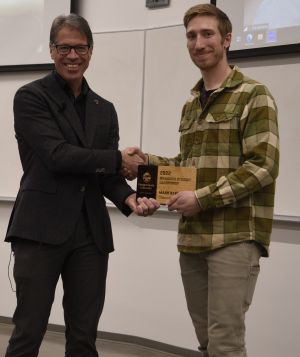
The Pauline Barto Award for Commitment to Diversity, Equity and Inclusion went to the Rootstock & Food Drive Committees. Adrienne Wonhof, Allison Culver, Amy Riley, Brooke Harrington, Christina Fierro, Jessica Fitzmorris, Juliet Sutton, Madison Dudley, Nicole Kent, Terralyn Vandetta, Ann Van Zee, Cathy Knock, Hilary McMillan, Jen Elston, Misty Magers, Tunde Jordan and Jenna Baker were honored, as well as Beth Thompson, Irene Schoppy and Julia Lont for their support of the committees.
Juliet Sutton was recognized for outstanding achievement in the mentorship of graduate students. One of the 30+ nominators said “Juliet does an excellent job making graduate students feel like a significant part of the college, even though some of them are remote E-Campus students living far away. She always has each student’s best interests in mind and provides a safe, welcoming, and inclusive environment for students to thrive.”

Madison Dudley and Woody Chung were recognized for outstanding achievement in distinction to the college. Nominators noted that Madison is the heart and soul of the graduate degree program in FERM, and Woody’s service and groundbreaking research has brought international recognition to our college.

2022 retirees Fred Kamke, Mike Bondi, Jon Souder and Brad Withrow-Robinson, and 2023 retiree Sandy Jameson were recognized for their service to the college. Sandy started working at OSU in 1988 and for the last 10 years, she has advised students in forestry, forest engineering, and forest-civil engineering. She was instrumental in implementing the pro-school model for the FERM department. Mike Bondi retired in 2020 after a 42-year career with OSU Extension and the College of Forestry. Mike developed one of the best forestry Extension programs in the nation while advancing his academic rank to achieve full professor in the College of Forestry. Brad Withrow-Robinson worked for OSU Extension for over 20 years, most recently as the extension forester for Benton, Linn, and Polk Counties. Fred Kamke and Jon Souder were unable to attend the ceremony.

